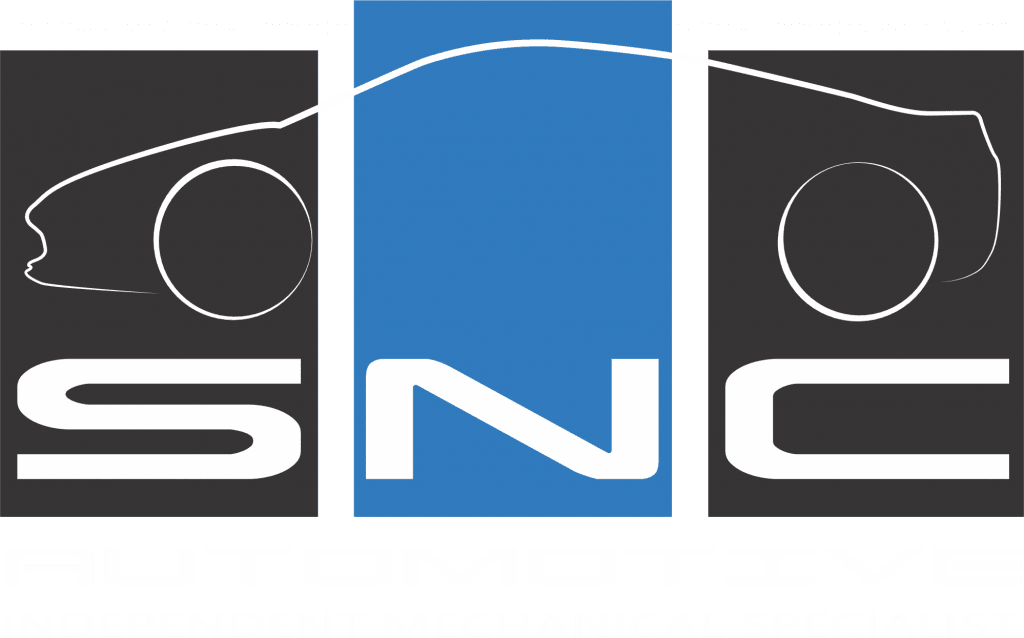Tackling the roads with confidence starts with the fundamentals, and when it comes to vehicle safety and efficiency, nothing is more fundamental than tyre pressure. It’s a small detail that makes a big difference. In this comprehensive exploration, we delve into the importance of maintaining correct tyre pressure, the innovative solutions provided by Goodyear’s Tyre Pressure Monitoring System (TPMS), and practical guidelines for tyre inflation.
Understanding Tyre Pressure’s Role in Driving Safety
Tyre pressure isn’t just about avoiding flats or blowouts; it’s central to how your car handles on the road. The right pressure ensures optimal contact with the road surface, giving you better control, especially in adverse weather conditions. It also plays a crucial role in extending the lifespan of your tyres and improving fuel efficiency.
Goodyear’s TPMS: A Technological Leap
In the pursuit of driving safety and vehicle maintenance, Goodyear’s Tyre Pressure Monitoring System emerges as a standout innovation. This system is designed to continuously monitor tyre pressure and alert the driver when levels fall below or rise above the recommended range. It’s a blend of convenience and safety, ensuring that your tyres are always at their best.
Why Correct Tyre Inflation is Non-Negotiable
Proper tyre inflation is not a one-time check; it’s an ongoing responsibility. Under-inflated tyres can lead to uneven wear, reduced fuel efficiency, and a higher risk of punctures. Over-inflation, on the other hand, makes your ride less comfortable and your tyres more prone to damage from road debris and potholes.
Your Guide to Tyre Inflation: Step by Step
Achieving the right tyre pressure is a straightforward process. It involves checking your tyre pressure regularly, understanding your vehicle’s recommended pressure, and adjusting accordingly. Always use a reliable tyre pressure gauge and check the pressure when the tyres are cold for the most accurate reading.
The Environmental and Economic Impact of Proper Tyre Inflation
Maintaining the right tyre pressure is not just good for your vehicle; it’s good for your wallet and the environment too. Properly inflated tyres reduce fuel consumption, meaning fewer trips to the petrol station and less carbon emissions. It’s a simple yet effective way to contribute to environmental sustainability.
Troubleshooting Common Tyre Pressure Issues
Even with diligent care, you might encounter tyre pressure issues. Slow leaks, temperature changes, and valve problems can all affect tyre pressure. Regular checks can help identify these issues early, preventing more serious problems down the road.
Concluding Thoughts: Safety, Efficiency, and Responsibility
In sum, tyre pressure is a key element of vehicle safety and efficiency. With Goodyear’s TPMS, drivers have a reliable partner in maintaining optimal tyre pressure. Remember, taking care of your tyres means taking care of your safety on the road.
At Brendale Goodyear, we understand the importance of tyre maintenance. As a leading Goodyear tyre shop in Brendale, we offer not just top-quality Goodyear tyres but also expert tyre fitting services. Whether you visit our store or our website, we’re here to ensure your driving experience is safe and enjoyable.
FAQs
✓How often should I check my tyre pressure?
Regularly checking your tyre pressure once a month is recommended. However, it’s wise to check before long trips or if there’s a significant temperature change.
✓What is the right tyre pressure for my vehicle?
The ideal tyre pressure varies by vehicle. Check your car’s manual or the sticker on the driver’s side door frame for the manufacturer’s recommendation.
✓Can Goodyear’s TPMS fit any vehicle?
Goodyear’s TPMS is designed to be compatible with a wide range of vehicles. Check with a Brendale Goodyear specialist for compatibility with your specific model.
✓What should I do if my TPMS warning light comes on?
If the TPMS light illuminates, check your tyre pressure as soon as possible and adjust it to the recommended level. If the light remains on, visit a tyre professional for further assistance.
